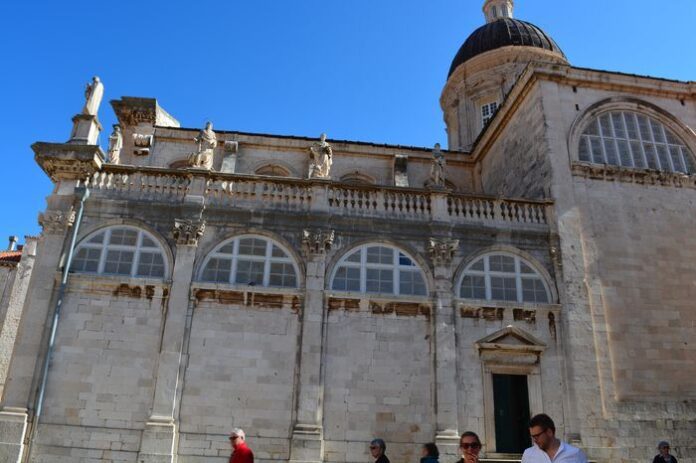The Second Military Gate
The Theodosian Walls of Constantinople were one of the greatest defense systems of the ancient world. These walls had several gates, both for military and public use. One important entrance was located between the thirteenth and fourteenth towers north of the Golden Gate. This was known as the Second Military Gate, or “tou Deuterou” (τοῦ Δευτέρου) in Greek Identifying the Gate of Melantiados.
Identifying the Second Military Gate
The exact identity of this gate is known because of its position along the line of the walls. Between it and the Fifth Military Gate—whose location is well established—there are two military gates. Therefore, this gate must be the second in that sequence.
This identification is not only based on its location. It is also supported by the name of the nearby area in the city known as the Deuteron (meaning “second”). This district was located directly behind this gate, confirming the connection between the gate and the quarter.
Location of the Deuteron District
The Deuteron district was found outside the older Wall of Constantine, which surrounded the original part of the city. The Deuteron lay to the west of the Exokionion, the Palaia Porta (Old Gate), and the Cistern of Mokius. On one side, it bordered the last main street of the city—the road that led to the Golden Gate. On the other side, it reached as far as the Gate Melantiados, which is known today as Selivri Kapısı.
From this location, it becomes clear that the Second Military Gate was indeed the main gate of the Deuteron district.
Importance and Use of the Second Military Gate
Among all the military gates in the Theodosian Walls, this one is the largest and most impressive. While its primary purpose was military, it may have also been used as a public entrance during certain periods of the Byzantine Empire. After the fall of Constantinople, it continued to be used by the public Daily Sofia Tour.
Churches in the Deuteron Quarter
The Deuteron district was home to several important Byzantine churches:
The Church of the Holy Notaries (SS. Notarii), believed to have been founded by St. John Chrysostom.
The Church of St. Anna, built by Emperor Justinian the Great.
Other churches were dedicated to:
St. Timothy, St. George, St. Theodore, St. Paul the Patriarch
These churches show that the Deuteron was not just a military area, but also a lively and spiritual neighborhood, rich in religious activity and architectural heritage.
